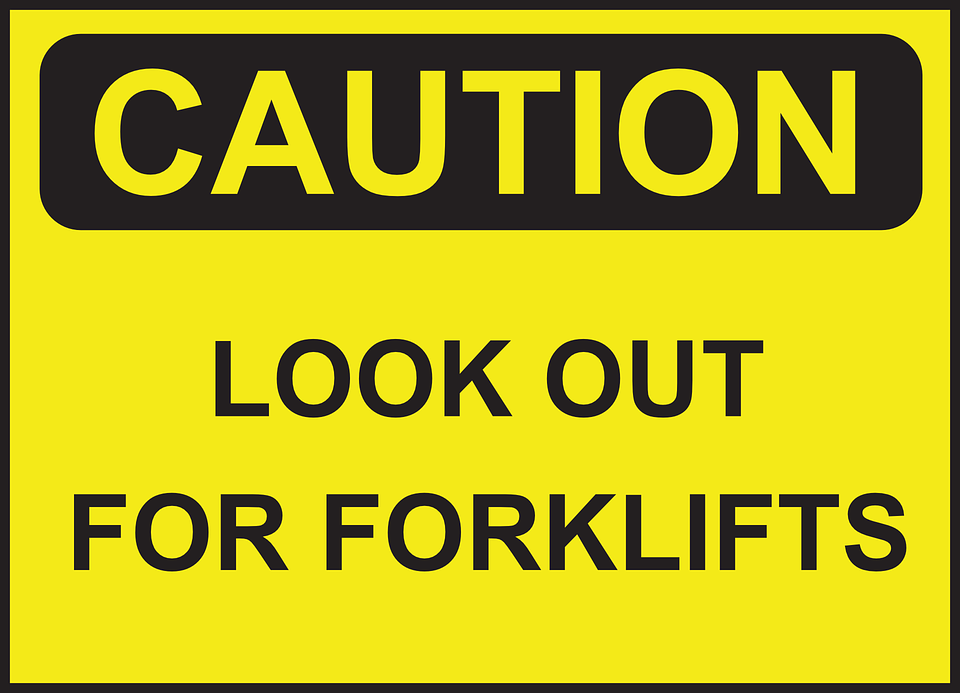Forklift Safety – June marks an important month in the forklift industry, as June 9th is National Forklift Safety Day. In fact, this year actually marked the seventh anniversary of National Forklift Safety Day – an annual event for reinforcing the importance of operator safety training, forklift safety practices, and establishing an opportunity for the forklift industry to unite behind forklift safety. This year more than ever, with the Coronavirus (COVID-19) pandemic among us, the need to reinforce operator training and safety practices has been stronger than ever.

As mentioned previously, forklifts play a major role in society. From construction to warehousing and manufacturing, forklifts are a vital tool. However, given the thousands of forklift injuries arising every year, creating awareness for forklift safety is crucial. According to the National Safety Council, 70% of all industrial accidents are caused by forklift operator error and 25% to 30% arise from inadequate forklift training per OSHA.
Accordingly, offering proper forklift training is the best path to start spreading awareness for forklift safety. Proper forklift training has shown to reduce injuries and death arising from forklift accidents, reduce costly OSHA fines for non-compliance, diminish liabilities and loss of resources, as well as help alleviate costly high insurance premiums, maintenance costs, and property and product damages.
One study under OSHA in particular, uncovered a 61% improvement in operator performance scores following proper forklift operator training.
If you’re looking to obtain proper forklift training, please don’t hesitate to contact us at (323) 620-7000.
To help enhance forklift safety practices, we’ve listed 10 tips, in no particular order:
1) Always perform daily forklift safety inspections prior to forklift operations. Test your forklift’s operating controls, including the brakes, lights, horns, and steering wheel. Check for water, oil, and radiator leaks. Examine tire and fluid levels. Additionally, ensure the forks are in good condition by appearing straight and without cracks or distortion. Furthermore, make sure the mast, overhead guard, and the equipment as a whole is free from damages.
2) Only handle loads within your forklift’s rated capacity. Therefore, know your forklift’s class, its weight limit, traveling speed, turning radius, and usage. Hauling weight exceeding your forklift’s counterweight can cause the rear wheels to rise and the equipment to tip over – causing injury to personnel, equipment, and materials.
3) When placing loads on forks, use ropes or binding to secure stacks. Make sure the load is at an appropriate weight and tilted back before raising or driving. Additionally, keep forks as low as possible to increase stability.
4) Maintain 360 degree visibility by keeping forks low. If a load restricts visibility, operate the forklift in reverse.
5) Never allow riders on the forks or walk under a raised load. If you do need to lift a person, use only a secure work platform and cage.
6) Always watch for pedestrians and make eye contact with others for added safety.
7) Always wear your seat belt, move at an appropriate speed, and maintain a safe operating distance.
8) Always stay under the overhead guard.
9) Always look in the direction of travel and use rear-view mirrors to boost visibility.
10) Remain within the forklift’s stability triangle – the point where the forklift’s weight has equal concentration with the load it carries. If the load is heavier, the center of gravity is further out from the load center, thus decreasing your lifting capacity.
Again, if you’re looking to obtain proper forklift training, please don’t hesitate to contact us at (323) 620-7000.
